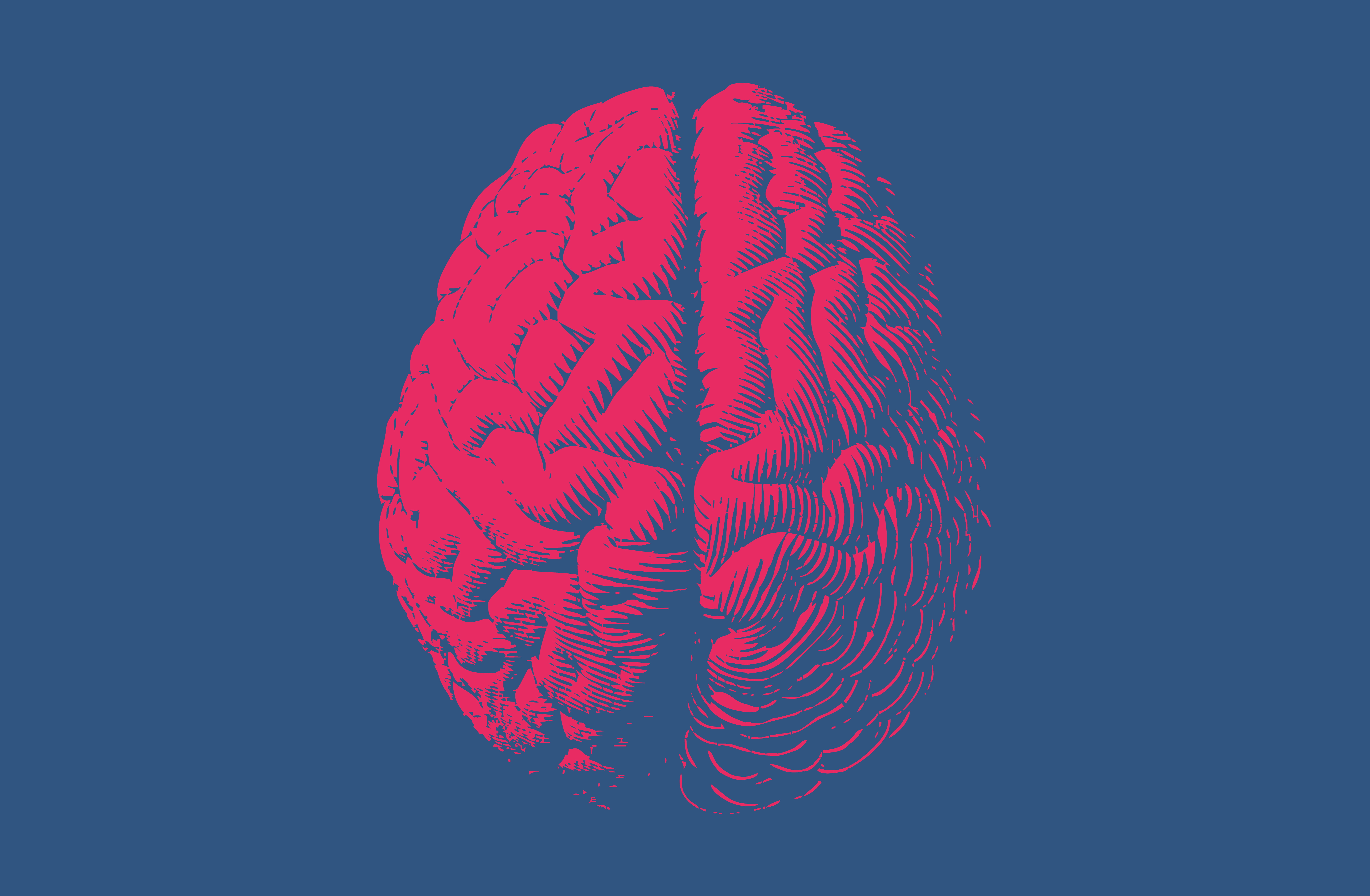The most undervalued problem-solving tool? Lateral thinking.

- Lateral thinking is a way of approaching problems. It deliberately forgoes obvious approaches in favor of oblique or unexpected ones.
- Deliberately ignoring perfectly good but straightforward solutions enables us to find hidden innovations we would otherwise miss.
- Edward de Bono, who developed the concept of lateral thinking, lays out 4 specific lateral thinking techniques: awareness, random stimulation, alternatives, and alteration.
Here’s a puzzle: A man walks into a bar and asks the bartender for a glass of water. The bartender instead pulls out a gun, cocks it, and points it at the man. The man thanks the bartender and walks out. Why did the man thank the bartender?
There’s no way to arrive at the answer (which appears at the end* of this article) without asking questions, testing the different elements of the story to see what missing information hasn’t been provided. It’s an example of a lateral thinking puzzle, a type of puzzle that requires creative, and sometimes oblique, thinking to find the answer.
In essence, lateral thinking is a method of approaching a problem by deliberately forgoing obvious methods of reasoning. It requires one to consider a given issue from unlikely angles, uncovering innovative solutions as a result.
Traditional thinking is vertical, moving step-by-step to a logical conclusion based off of the available data. Lateral thinking, however, is horizontal, putting the emphasis on generating many ideas while de-emphasizing the details of how those ideas could be implemented. Both vertical and lateral thinking are complementary: Without lateral thinking, vertical thinking would be too narrow-minded; without vertical thinking, lateral thinking would produce many possible solutions but no plans to implement them.
Despite their complementary nature, our society really values and focuses on improving vertical thinking. We believe that adequate training on specific techniques and systems will produce a talented engineer, lawyer, or doctor. But when it comes to professions that rely on creative, generative, lateral skills, we tend to assume that only those born with innate talent can excel in them. Even when it comes to the more vertically minded professions like engineering, creativity is seen as a desirable bonus that great engineers are born with.
Two stages of thinking
Psychologist Edward de Bono, who developed the concept of lateral thinking, argued that the brain thinks in two stages: The first is a perceiving stage, where the brain chooses to frame its environment in a certain way, identifying a particular pattern. The second stage uses that pattern, that particular way of looking at the environment, and builds upon it to reach a conclusion. No matter how effective we are at the vertical thinking of the second stage, better vertical thinking can never correct errors that have arisen in the first stage. In order to more accurately perceive patterns in our environment, we have to develop our lateral thinking skills.
In the video below, author David Epstein illustrates this principal through the case of Japanese repairman Gunpei Yokoi. Yokoi wasn’t a particularly gifted engineer, but he perceived his environment in a way that his more talented and specialized peers were not able to. Because they had specialized so much, these more traditionally talented engineers could only frame their environment in terms of the specific technologies they specialized in. Yokoi, on the other hand, saw how various older — and therefore overlooked — pieces of technology could work together. The result was the Nintendo Game Boy.
Lateral thinking: The reason you’ve heard of Nintendo and Marvel
Learning to think laterally is, almost by definition, counterintuitive. Fortunately, de Bono developed some practical techniques for developing this overlooked capability. In his paper, “Information Processing and New Ideas — Lateral and Vertical Thinking,” de Bono described four such techniques. Here they are:
- Awareness: Being aware of the way the brain processes information is the first step to improving the lateral thinking process. It’s important to recognize the brain’s tendency to rely on established patterns of thinking before starting to work on a new problem.
- Random stimulation: Often when we’re trying to think about some issue, we shut out all outside stimuli so we can focus. However, allowing unplanned, outside stimuli can disrupt our reliance on imperfect frameworks. Paying attention to randomness can propel our thinking to new insights.
- Alternatives: de Bono argued that even if there is an apparently suitable solution to a problem, it can be useful to set it aside and deliberately consider alternative approaches, regardless of how ridiculous they might seem. Doing so will help you to consider a problem from all possible angles.
- Alteration: This technique consists of the deliberate alteration of available options, like doing the opposite of an implied direction or reversing any relationship between elements of the problem. This can include denying elements that are taken for granted, breaking large patterns down into tiny fragments, or translating a relationship to an analogy and then translating it back again just to see what changed. Arbitrarily altering elements of the problem space can produce novel tools to build a solution with.
—
*The man has the hiccups and was hoping to cure it with a glass of water. Seeing this, the bartender decided to scare the man to cure his hiccups. Realizing he no longer had the hiccups, the man thanked the bartender and left.
This article was originally published in October 2019. It was updated in October 2022.





